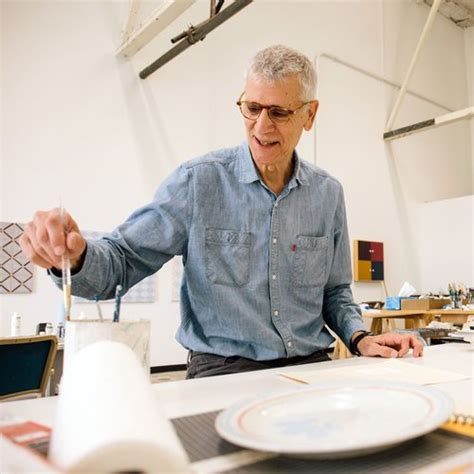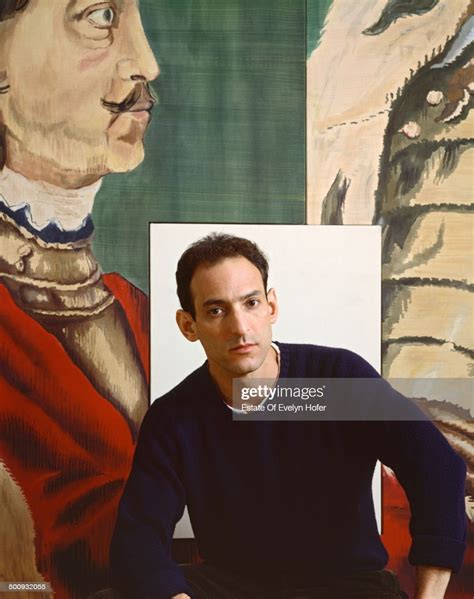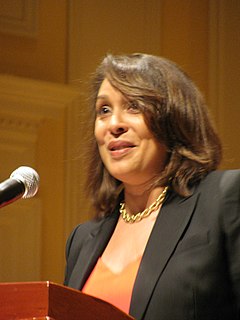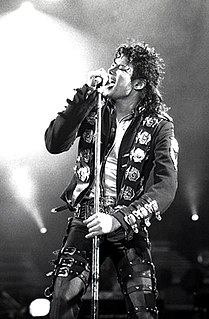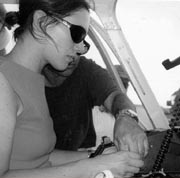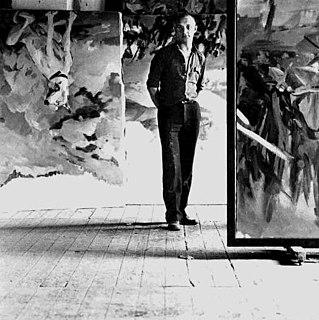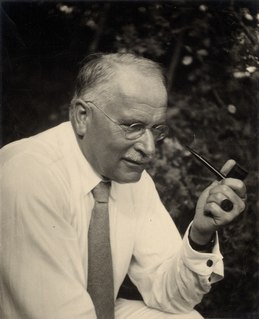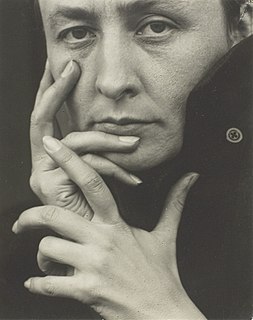A Quote by Kehinde Wiley
If you look at the paintings that I love in art history, these are the paintings where great, powerful men are being celebrated on the big walls of museums throughout the world. What feels really strange is not to be able to see a reflection of myself in that world.
Related Quotes
People are still making paintings. People are still enjoying paintings, looking at paintings. Paintings still have something to tell us. There's a way of being in the world that painting brings to us, that painters bring to the task that we absorb and are able to be in dialogue with. That's something that's part of us.
I think that people tend to look at the paintings as being resolved or finite. But, to me, a painting can be an index for all of the paintings I've done and all of the paintings I'm going to do. It's like if I'm doing a film of the Olympics, I'm not examining a specific sport; I'm interested in the overall context.
I am a famous artist. I make millions. But I frequently see debut shows of unknown artists with prices that are double of mine... what they're really doing is barely getting by and helping me sell 1,000 paintings a year effortlessly, because they make my paintings look like such a bargain. Thank you to all the egotistical art students!

